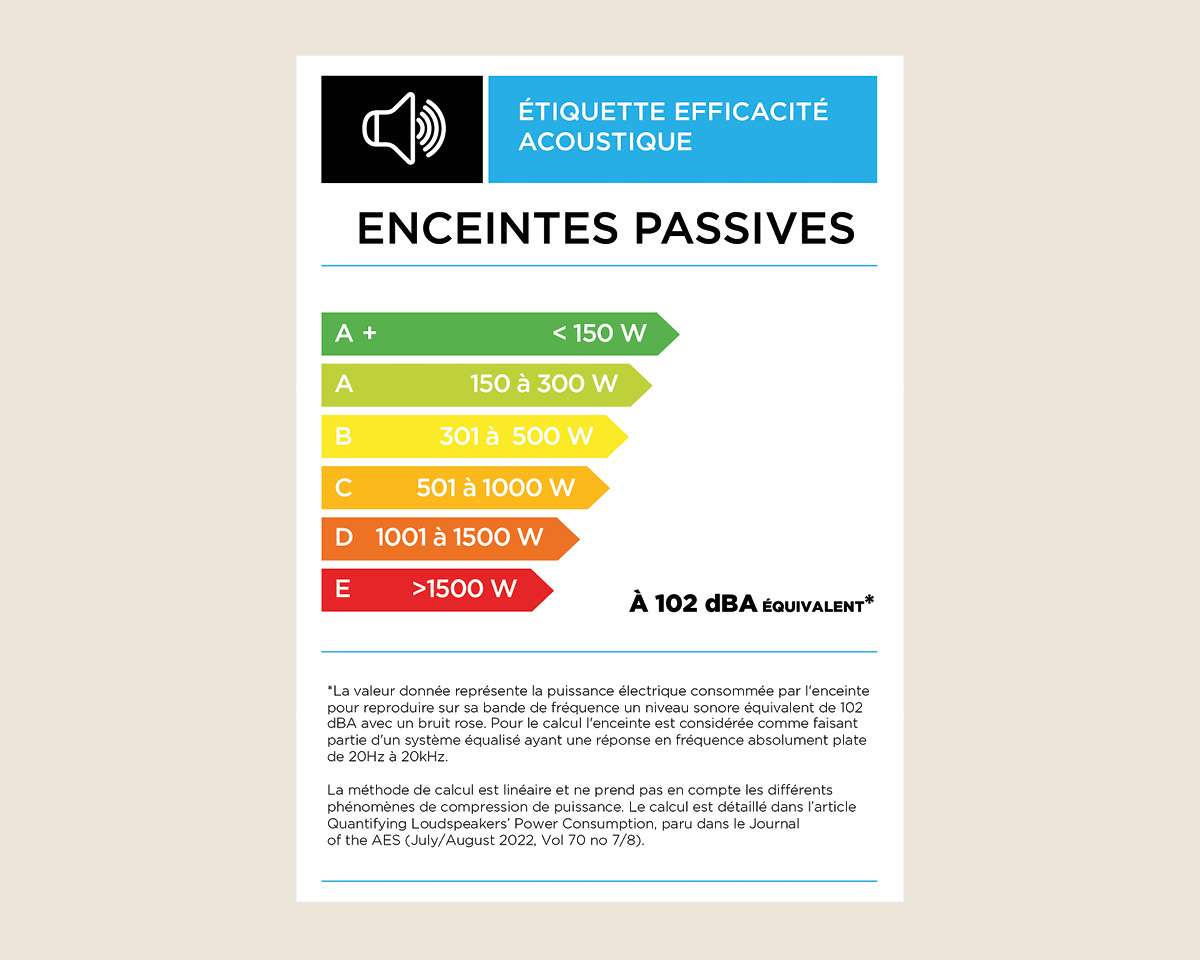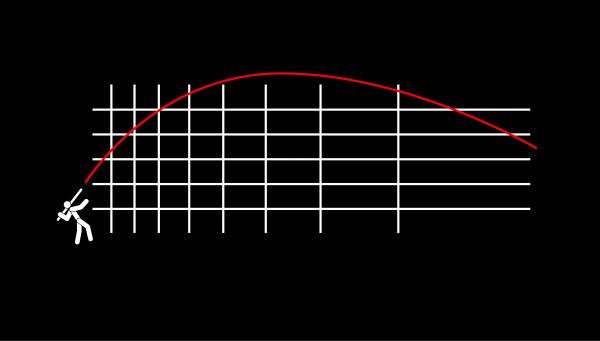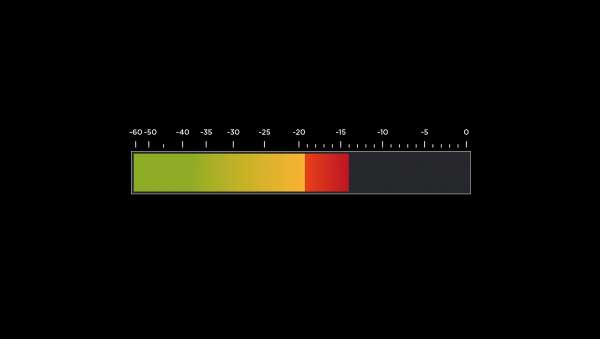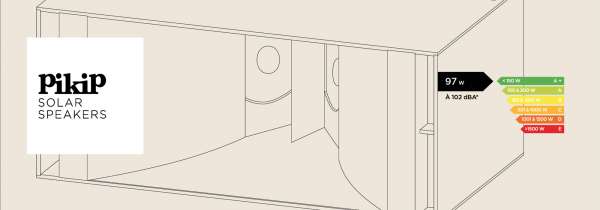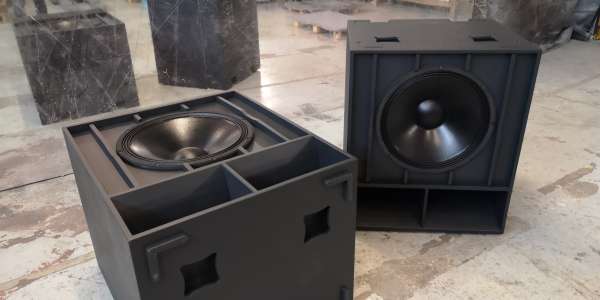Sobriété Énergétique
_
PikiP valorise une approche éco-responsable, en développant des solutions qui réduisent la consommation d’énergie et encouragent une utilisation modérée des ressources
Nos publications "efficacité acoustique"
contact
Fondée en 2017 et basée à Marseille, PikiP Solar Speakers transforme l'industrie de la sonorisation événementielle grâce à des systèmes alimentés par des énergies renouvelables et une méthode innovante de caractérisation énergétique pour quantifier la consommation des équipements audio.
En intégrant la sobriété énergétique au cœur de ses solutions, PikiP s'engage à promouvoir une utilisation responsable de l'énergie et à sensibiliser à l'importance de l'efficacité énergétique.
Avec un fort accent sur la recherche et le développement, PikiP conçoit des solutions qui allient performance, optimisation des ressources et réduction de l’impact, tout en garantissant un son de haute qualité.
Son atelier de 300 m², équipé d'outils de pointe, permet la production de petites séries (jusqu'à 20 unités par mois) et le développement de prototypes, en collaboration étroite avec le département R&D pour favoriser l'innovation.
La mission ambitieuse de PikiP est de rendre la sobriété énergétique désirable en démontrant que des expériences musicales d'exception peuvent également être respectueuses de l'environnement.
L’entreprise aspire à redéfinir les standards des industries événementielle et culturelle, en inspirant les acteur.ices à adopter des alternatives durables et en impulsant une transformation culturelle où la sobriété énergétique devient un symbole de modernité, d’innovation et de qualité.
PikiP valorise une approche éco-responsable, en développant des solutions qui réduisent la consommation d’énergie et encouragent une utilisation modérée des ressources
Offrir une qualité sonore irréprochable sans compromis, même dans une démarche de durabilité, est essentiel pour PikiP, qui place la performance au cœur de ses produits.
PikiP s’engage pleinement dans la transition écologique, avec l’ambition de proposer des solutions sur batterie 20 à 30 % moins chères que les alternatives concurrentes.
PikiP cherche à sensibiliser et inspirer l’industrie culturelle et ses utilisateur.ices en prouvant que des choix énergétiques responsables sont possibles sans sacrifier la qualité de l’expérience.
Conçus et fabriqués en France, nos produits intègrent des composants de leaders français et européens, avec un réseau d’artisans et de sous-traitants à moins de 50 km de notre atelier à Marseille.
La conception d’amplificateurs sur batterie nécessite une gestion optimisée de l’énergie. L’alimentation via des onduleurs DC/AC entraîne un surdimensionnement du système pour soutenir les crêtes acoustiques. Grâce à notre technologie brevetée intégrée à l’AEA, les amplificateurs PikiP et les sorties 230V/50Hz utilisent des architectures distinctes, optimisant rendement et coût du système autonome.
Les batteries LiFePO4 offrent une sécurité renforcée par rapport aux batteries lithium-ion grâce à une meilleure stabilité thermique et chimique, réduisant les risques de surchauffe et d’explosion. Elles garantissent une durée de vie plus longue, un nombre de cycles supérieur et une décharge plus stable, tout en étant plus respectueuses de l’environnement grâce à l’absence de cobalt.
Trois stations énergie (SE) peuvent être synchronisées via un câble RJ45 pour générer un déphasage parfait de 2π/3. Un boîtier externe regroupe les trois prises P17 32A MONO (1P+N+PE) en une sortie triphasée sur une prise P17 32A TETRA (3P+N+PE).
Nos Stations énergie peuvent être raccordées au réseau comme une centrale photovoltaïque. Le système alterne automatiquement entre injection (vente) en cas de surplus solaire et soutirage (achat) lorsque les batteries sont faibles ou la demande en puissance est trop importante.
Nos stations énergie SE sécurisent les réseaux intermittents grâce à la technologie UPS, assurant une commutation instantanée sur batterie en cas de coupure secteur. Ce transfert ultra-rapide (<20 ms) garantit un fonctionnement ininterrompu des équipements électroniques.
Pour éviter la surcharge d’une source secteur limitée, comme une prise 16A, nos modules énergie complètent la puissance depuis les batteries, permettant ainsi de fournir une sortie de 32A à partir d’une prise 16A !
Les bureaux de contrôle sont très exigeants, notamment avec les nouvelles technologies. Nos systèmes intègrent un contrôle permanent de l’isolation DC ainsi que des défauts de Terre ou de Neutre. Une commutation automatique en régime TT ou TNS garantit le respect des normes et la protection des biens et des personnes.
Tous les modules de la gamme ENERGY sont pilotables à distance via une connexion WiFi, permettant une supervision détaillée et la collecte de données sur un portail web. De plus, un écran LED – ou tactile pour les SE10000 et SE5000 – affiche sur place les informations solaires, batterie, consommation, autonomie et alarmes.
Un système « ligne source » n'est pas toujours adapté pour des scènes inférieures à 30 mètres. À l'inverse, l'utilisation d’enceintes « point source » est limitée en termes de pression acoustique et d'agencement. La technologie à courbure constante permet d’apporter de la polyvalence à une enceinte, qui peut être utilisée seule ou couplée, sans régime interférentiel.
Le montage cardioïde contrôle la dispersion des basses en réduisant le rayonnement arrière. Grâce à un décalage de phase précis, il améliore la clarté sur scène et limite les nuisances sonores. Nos subwoofers pseudo-omnidirectionnels facilitent cette configuration.
Les enceintes point source diffusent le son de manière cohérente à partir d’un unique point d’émission, assurant une couverture homogène et une excellente clarté. Idéales pour les installations modulaires, elles offrent une dispersion naturelle et minimisent les interférences de phase.
Les pavillons acoustiques optimisent la dispersion sonore en concentrant et en dirigeant les ondes, améliorant ainsi l’efficacité et la projection du son. Leur conception influence la directivité, la clarté et le rendement, permettant une meilleure couverture et une réduction des pertes d’énergie.
À fort niveau, les séparations inertielles des couches limites provoquent des perturbations de l’air, pouvant réduire le niveau sonore et le rendement d’un évent de 30 %. Un évent polynomial à faible vitesse particulaire élimine ces distorsions, garantissant une réponse en fréquence stable et une efficacité constante, quel que soit le niveau.
Il s’agit de la dernière technologie de haut-parleur ou moteur de compression, où deux transducteurs sont axés et assemblés pour ne former qu’un. Elle permet d'avoir une source sonore unique pour gagner en cohérence et réduire la taille des enceintes.
La sobriété énergétique est la diminution des consommations d’énergie par des changements de modes de vie et des transformations sociales. Elle implique donc, entre autres, d’améliorer le rendement des systèmes électriques de notre quotidien et de nos moments de plaisir. Avec l’augmentation de la puissance d’amplification disponible, l’industrie électro-acoustique s’est progressivement éloignée de cette fin.
Chez PikiP Solar Speakers, nous faisons l’inverse. Constatant l’absence de métrique pour quantifier la consommation d’une enceinte, nous avons créé l’étiquette EFFICACITÉ ACOUSTIQUE, qui classe son rendement énergétique en mesurant les watts nécessaires pour atteindre 102 dBA. Plus la valeur est faible, plus le système est efficace et sobre !
*La valeur donnée représente la puissance électrique consommée par l’enceinte pour reproduire sur sa bande de fréquence un niveau sonore équivalent de 102 dBA avec un bruit rose. Pour le calcul l’enceinte est considérée comme faisant partie d’un système équalisé ayant une réponse en fréquence absolument plate de 20Hz à 20kHz. Cela signifie que l’enceinte ne génère pas 102 dBA sur sa bande de fréquence, mais une fraction proportionnelle à sa largeur de bande : plus la bande est large, plus la pression à générer est importante. Pour permettre la comparaison, la réponse en fréquence de l’enceinte est linéarisée.
Le calcul est détaillé dans l’article Quantifying Loudspeakers’ Power Consumption, paru dans le Journal of the AES (July/August 2022, Vol 70 no 7/8).
